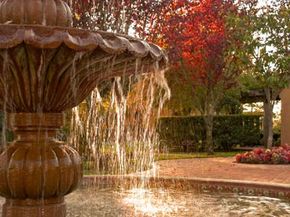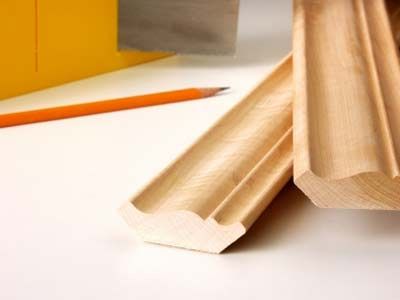Key Takeaways
- Installing a fountain involves setting up a reservoir at the base, assembling additional basins and connecting a pump system to circulate the water, often using gravity.
- You must install the pump properly in the reservoir and connect it to a power source, such as electricity or a solar panel, without turning it on until you've filled fountain to avoid damage.
- Considerations for installation include ensuring a power source for wall-mounted fountains and planning for the environmental and aesthetic factors if you're placing the fountain outdoors.
Is there anything more relaxing than the quiet, steady burble of flowing water? Large or small, indoors or out, a fountain adds grace, beauty and serenity to almost any setting. It can also be a surprisingly low-cost home improvement.
Installing a fountain can involve as much or as little work as you want. You can work from a kit that assembles all the components for you (although you'll lose some flexibility in terms of design). Or, once you understand how the different components fit together, you can construct your own fountain from available materials -- including the earth in your backyard.
Advertisement
But first things first: you should know what you're getting into. Different fountains work best in different places -- tables, walls, floors, patios, gardens. No amount of tinkering will make your table strong enough to support a floor fountain, or keep the end result from looking awkward as well as unstable. And no table fountain will look anything but diminutive if you install it on a floor. Look around to find a fountain in the appropriate scale for your setting. Think about materials -- stone, slate, bamboo, granite -- that will coordinate with the rest of your decor.
As you choose the location for your fountain, keep in mind that a fountain needs a power source. Some outdoor fountains have solar panels, but the rest will need to be within reach of electricity. Outdoor fountains also need seasonal maintenance, so make sure you choose a relatively accessible spot.
This article explores the different types of fountains in more detail. We'll also look at the plans and tools you should have on hand before you delve into the installation process.
Advertisement


